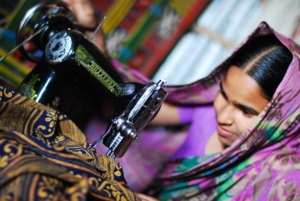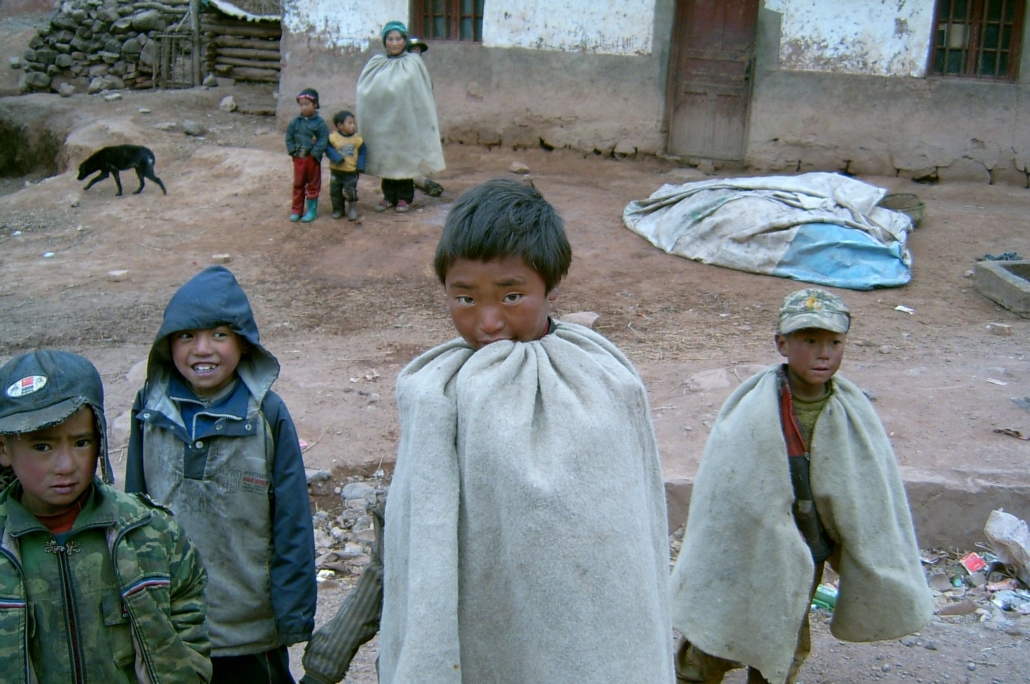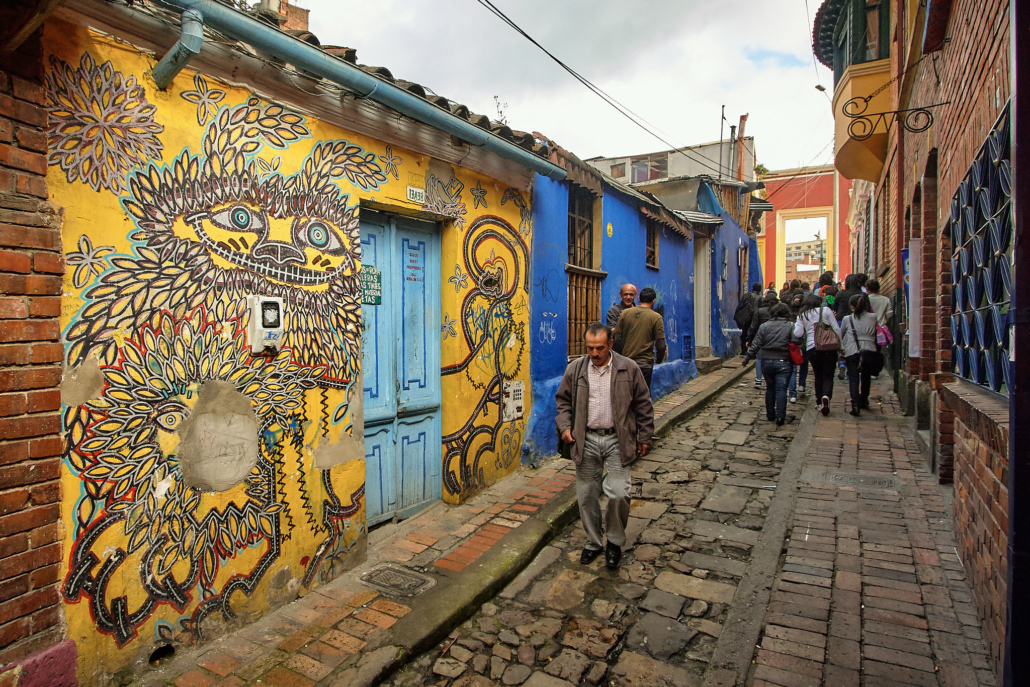

In 2006, the International Fund for Agricultural Development (IFAD), an agency within the United Nations that combats poverty through low-interest loans and grants, released a plan to tackle rural poverty in Eritrea. This plan was further improved and updated in 2020, aiming to create sustainable solutions by providing finance programs and projects that empower those living in poverty to overcome it.
IFAD’s 2006 Plan
The IFAD initially planned to eradicate rural poverty in Eritrea, focusing on various areas related to economic development and food security. The plan included developing export markets for livestock, fruit, vegetables and flowers, re-establishing port activities, strengthening public services for small-scale farmers to increase agricultural productivity, promoting a supportive private sector, attracting private sector investments, privatizing state-owned enterprises and developing a robust financial system.
The strategy prioritized decentralization to improve access to services and emphasized gender equality as a crucial element in poverty reduction efforts, recognizing that households headed by women are the most vulnerable. Additionally, implementing programs that encourage wealthier households to provide loans and assistance during difficult times through asset and labor sharing has also contributed to the reduction of rural poverty in Eritrea.
Issues to Implementation
Although this plan appeared to present a solid push to eradicate rural poverty in Eritrea, many barriers hindered the application of these plans. Conflict deeply affected the country, exacerbating constraints on institutional capacity and human resources. This resulted in a scarcity of human capital to initiate and sustain new projects in these regions, despite the knowledge that these programs would offer relief. The eastern and western lowlands of Eritrea, in particular, faced severe rural poverty due to these conflicts, making social and economic improvement in these areas a top priority. Additionally, Eritrea grappled with challenges in natural resource management and lacked readily transferable technologies that could facilitate investments, management and maintenance implementation.
IFAD’s 2022 Improved Plan
The 2020-2025 plan for eradicating rural poverty in Eritrea aims to address these issues actively, maximizing the effectiveness of poverty reduction solutions. The Country’s Strategic Opportunities Programme will ensure that IFAD’s lending and non-lending support aligns with the government’s priorities, focusing on three strategic objectives: enhancing climate resilience, improving technology and infrastructure access for smallholder systems and building capacities for food security and sustainable livelihoods. These objectives are in line with IFAD’s Strategic Framework 2016-2025.
To further alleviate rural poverty, the plan emphasizes various aspects in the agriculture and fishery sector, such as establishing a resource base, strengthening producers’ organizations, improving input delivery systems, enhancing intensification and value addition, developing institutional capacity and managing aquatic ecosystems. Additionally, IFAD’s investment portfolio in Eritrea will prioritize gender, youth, nutrition and employment opportunities for those most at risk.
Looking Ahead
The IFAD’s programs will actively contribute to reducing rural poverty in Eritrea by assisting local communities in becoming more commercial, competitive, resilient and sustainable. Sustainable development becomes achievable through the establishment of strong institutions and systems, effective policy and regulatory frameworks, enhanced production capacities and robust partnerships. Eritrea is progressing toward the goal of eliminating rural poverty, and with investments in plans like these, a poverty-free future appears to be within reach.
– Ada Rose Waga
Photo: Flickr









